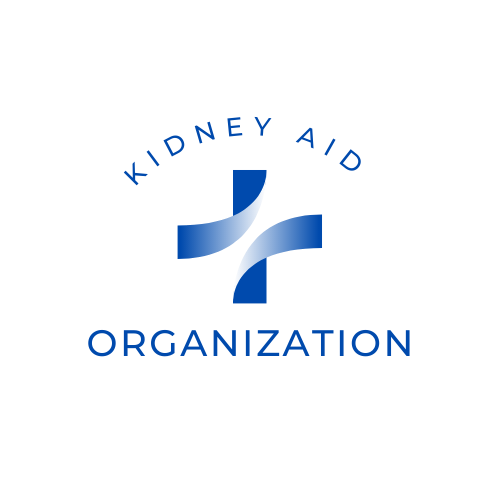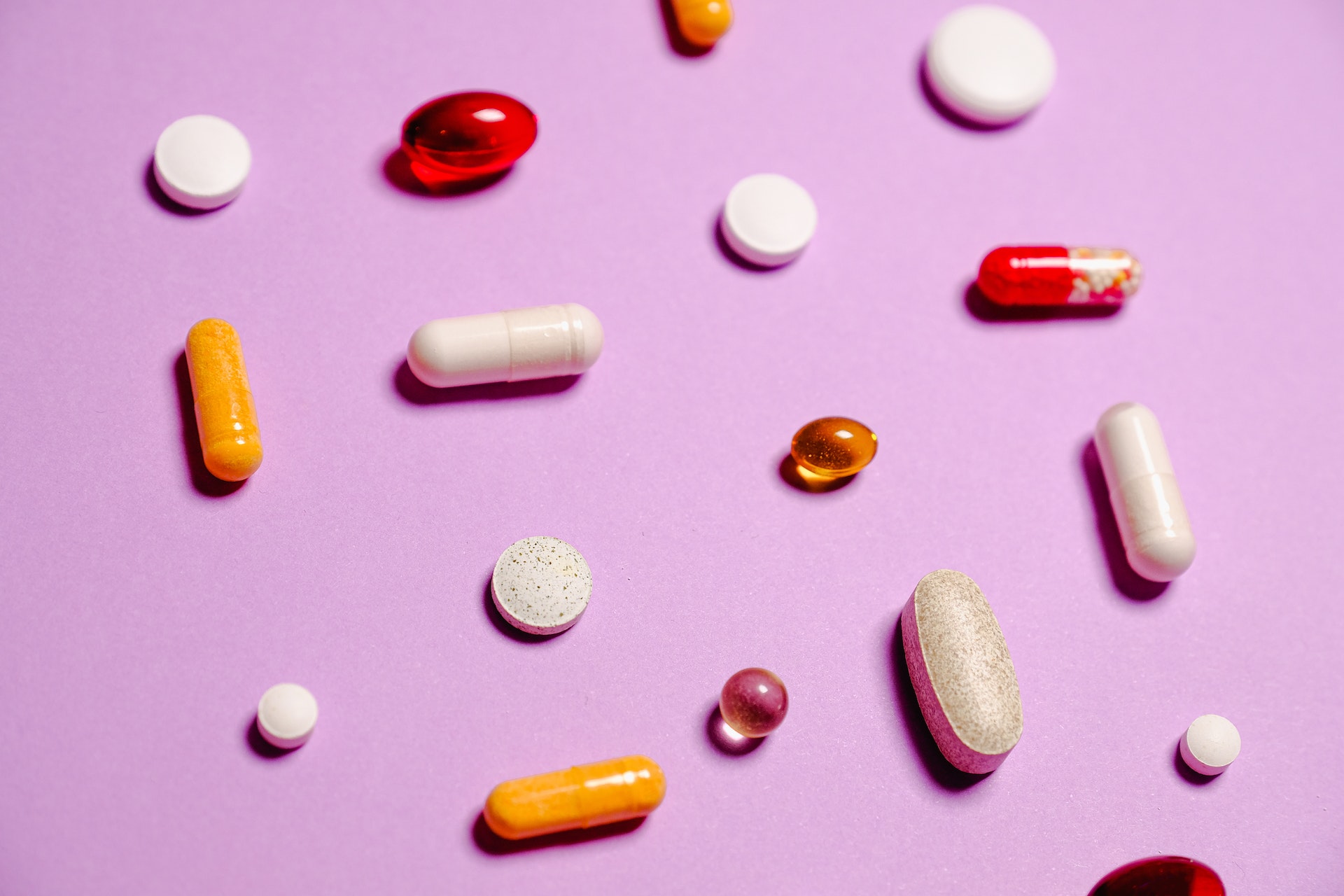Miracle Drug for Kidney Disease: A Game-Changer in Healthcare
Kidney disease affects millions of people around the world, and the number of cases continues to rise each year. According to the National Kidney Foundation, chronic kidney disease (CKD) affects approximately 37 million Americans alone. The condition is known for its debilitating symptoms, which can include fatigue, nausea, and anemia. However, a new breakthrough in healthcare has given patients and doctors alike hope for a brighter future: the miracle drug for kidney disease.
What is the Miracle Drug for Kidney Disease?
The miracle drug for kidney disease is a promising new medication that has been developed specifically to target the underlying causes of chronic kidney disease (CKD). CKD is a condition in which the kidneys gradually lose function over time, leading to a variety of debilitating symptoms and complications. It is a common condition that affects millions of people worldwide and is a major cause of morbidity and mortality.
The miracle drug for kidney disease is a type of medication known as a selective endothelin-A receptor antagonist. It targets a specific receptor in the kidneys that is responsible for triggering inflammation and oxidative stress. By blocking this receptor, the drug can reduce the amount of damage that occurs in the kidneys over time. Inflammation and oxidative stress are key drivers of kidney damage in CKD. Inflammation is a normal response of the immune system to injury or infection.
However, in CKD, inflammation becomes chronic and can lead to further kidney damage. Oxidative stress occurs when there is an imbalance between the production of reactive oxygen species (ROS) and the body's ability to detoxify them. ROS can cause damage to cells and tissues, leading to further kidney damage. The miracle drug for kidney disease works by reducing both inflammation and oxidative stress in the kidneys. It also helps to improve blood flow to the kidneys, which can further promote healing and improve kidney function.
By reducing inflammation and oxidative stress, the drug can slow down the progression of the disease, reduce symptoms, and even improve kidney function in some cases. While the miracle drug for kidney disease is still undergoing clinical trials, early results have been very promising. The drug has been shown to be safe and well-tolerated, with few side effects reported. It has also shown significant potential for improving kidney function and reducing symptoms in patients with CKD.
The miracle drug for kidney disease represents a major breakthrough in the treatment of this debilitating condition. By targeting the underlying causes of CKD, the drug has the potential to improve the quality of life for millions of people worldwide. While it is still undergoing clinical trials, the future looks bright for this miracle drug, and we can't wait to see the impact it will have on patients around the world.
How Does the Miracle Drug Work?
The miracle drug for kidney disease works by targeting a specific receptor in the kidneys known as the endothelin-A receptor. This receptor is involved in a signaling pathway that plays a key role in inflammation and oxidative stress, which are the two main drivers of kidney damage in chronic kidney disease (CKD). Inflammation is a normal response of the immune system to injury or infection, but in CKD, it becomes chronic and can cause further damage to the kidneys.
The endothelin-A receptor is involved in activating certain immune cells, called macrophages, which can release pro-inflammatory cytokines that contribute to this chronic inflammation. By blocking the endothelin-A receptor, the miracle drug can reduce the activation of these macrophages and lower the levels of pro-inflammatory cytokines, thereby reducing inflammation in the kidneys. Oxidative stress is another major driver of kidney damage in CKD. It occurs when there is an imbalance between the production of reactive oxygen species (ROS) and the body's ability to detoxify them. ROS can cause damage to cells and tissues, including the kidneys, leading to further kidney damage.
The endothelin-A receptor is also involved in activating a pathway that leads to the production of ROS in the kidneys. By blocking this receptor, the miracle drug can reduce the production of ROS and lower oxidative stress in the kidneys. In addition to reducing inflammation and oxidative stress, the miracle drug for kidney disease also helps to improve blood flow to the kidneys.
By improving blood flow, the drug can promote healing and improve kidney function. Overall, the miracle drug for kidney disease works by targeting the underlying causes of CKD, including inflammation, oxidative stress, and impaired blood flow. By doing so, it has the potential to slow down the progression of the disease, reduce symptoms, and even improve kidney function in some cases. While more research is needed to fully understand how the drug works, the early results are very promising and suggest that it could be a major breakthrough in the treatment of this debilitating condition.
What Are the Benefits of the Miracle Drug?
The miracle drug for kidney disease has the potential to provide a range of benefits for patients with chronic kidney disease (CKD). These benefits are related to the drug's ability to target the underlying causes of the disease, including inflammation, oxidative stress, and impaired blood flow. Here are some of the key benefits of the miracle drug:
- Slows down the progression of CKD: One of the primary benefits of the miracle drug is that it has the potential to slow down the progression of CKD. By reducing inflammation and oxidative stress in the kidneys, the drug can slow down the damage that occurs over time, potentially delaying the need for dialysis or kidney transplant.
- Improves kidney function: In some cases, the miracle drug has been shown to improve kidney function in patients with CKD. By improving blood flow to the kidneys and reducing inflammation and oxidative stress, the drug can help to repair damage and improve kidney function over time.
- Reduces symptoms: CKD can cause a range of symptoms, including fatigue, swelling, and difficulty sleeping. The miracle drug has the potential to reduce these symptoms by improving kidney function and reducing inflammation and oxidative stress.
- Fewer side effects: Unlike many other treatments for CKD, the miracle drug has been shown to be safe and well-tolerated with few side effects reported. This is important because many patients with CKD also have other health conditions that can limit their treatment options.
- Improved quality of life: By slowing down the progression of the disease, improving kidney function, and reducing symptoms, the miracle drug can improve the overall quality of life for patients with CKD. This can have a major impact on their ability to carry out daily activities and enjoy life.
The benefits of the miracle drug for kidney disease are significant and could have a major impact on the lives of millions of people worldwide. While more research is needed to fully understand the drug's potential, the early results are very promising and suggest that it could be a major breakthrough in the treatment of this debilitating condition.
How Can Patients Access the Miracle Drug?
Access to the miracle drug for kidney disease will depend on a number of factors, including the drug's approval status, the country or region where the patient lives, and the patient's individual circumstances. Here are some of the ways that patients may be able to access the miracle drug:
- Clinical trials: Currently, the miracle drug for kidney disease is still in the clinical trial phase. This means that patients may be able to access the drug through a clinical trial if they meet the eligibility criteria. Clinical trials are typically conducted in hospitals or research centers, and patients who participate may receive the drug at no cost.
- Prescription: Once the miracle drug is approved by regulatory agencies such as the FDA, patients may be able to access it through a prescription from their healthcare provider. Patients will need to discuss the drug's potential benefits and risks with their healthcare provider and be assessed for suitability for the treatment.
- Insurance coverage: Once the miracle drug is approved, insurance companies may cover the cost of the drug for eligible patients. However, insurance coverage will vary depending on the specific policy and the country or region where the patient lives.
- Compassionate use: In some cases, patients who are not eligible for clinical trials or do not have insurance coverage may be able to access the miracle drug through compassionate use programs. These programs allow patients with serious or life-threatening conditions to access investigatory drugs that have not yet been approved.
It's important to note that access to the miracle drug will depend on the drug's approval status and the individual patient's circumstances. Patients should discuss their options with their healthcare provider and explore all possible avenues for accessing the drug.
Conclusion
In conclusion, the miracle drug for kidney disease is a groundbreaking development in the field of healthcare. It offers hope to millions of people who suffer from this debilitating condition and has the potential to improve their quality of life significantly. While it is still undergoing clinical trials, the future looks bright for this miracle drug, and we can't wait to see the impact it will have on patients around the world.

